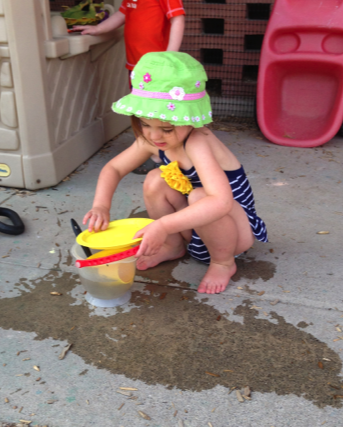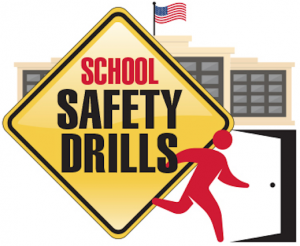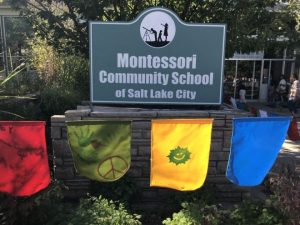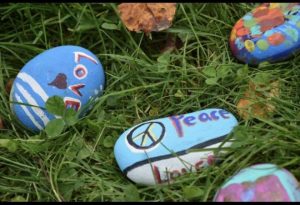On-site Testing Has Begun
The first day of on-site COVID testing went smoothly. 25 students were selected for this first round of randomized testing; 3 of the 25 were unable to attend; 2 were a no-show. With advance knowledge of the absent students, Margaret selected 2 individuals to take the available slots. In total, 21 tests were conducted on students ranging from toddlers to sixth grade. One staff member was selected for testing. As previously reported, all tests had negative results. Phew!
The students were awesome. They lined up patiently to await their turn, listened very carefully to the directions and cooperated fully with all involved. Several of the upper elementary students were amongst the first tested and remarked they had lost count of the number of COVID tests they had already completed. Their confidence/nonchalance helped set the tone for the session. A life-sized, plush rainbow trout accompanied a 1st year lower elementary student and was a great diversion to those awaiting their turn. Kudos to the students who gently helped and supported those who were a little nervous. One lower elementary student was overheard explaining to an early childhood student that it [nasal swab] was comparable to the sensation experienced when picking your nose!
This success of the event was due in no small part to the parents who volunteered their time to make this possible.
- Words cannot do justice to the gratitude we feel for those on the Test Team who helped research and implement the program. Simply said, thank you Elena, Tera, Matthew and Sophie.
- In addition, we are grateful to Eyal for reaching out and offering to conduct the selection of students for each week’s randomized testing.
- And lastly but by no means least, our heartfelt appreciation to the parents who showed up to conduct the first test session. Set up, swabbing, timing and reading of tests, and clean up was conducted with very careful attention to detail.
The Test Team met on 1/6/22 to discuss the possibility of expanding our testing capabilities to include a Test-to-Stay option. This was recently proposed by the CDC as an alternative to quarantine in an effort to keep students attending in-person school. Several members of our community have also enquired about the possibility of MCS providing Day 5 testing (the recommended testing date for those exposed to COVID-19). Both options require more research and consideration. The community will be updated on developments in either of these areas.
We currently have 64.28% of those eligible to participate registered in the program. Registration for testing remains open.






